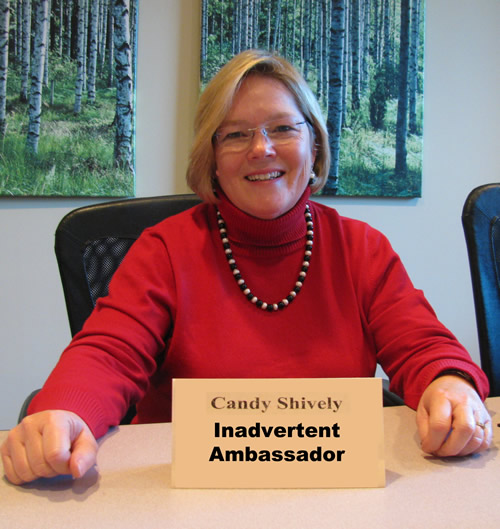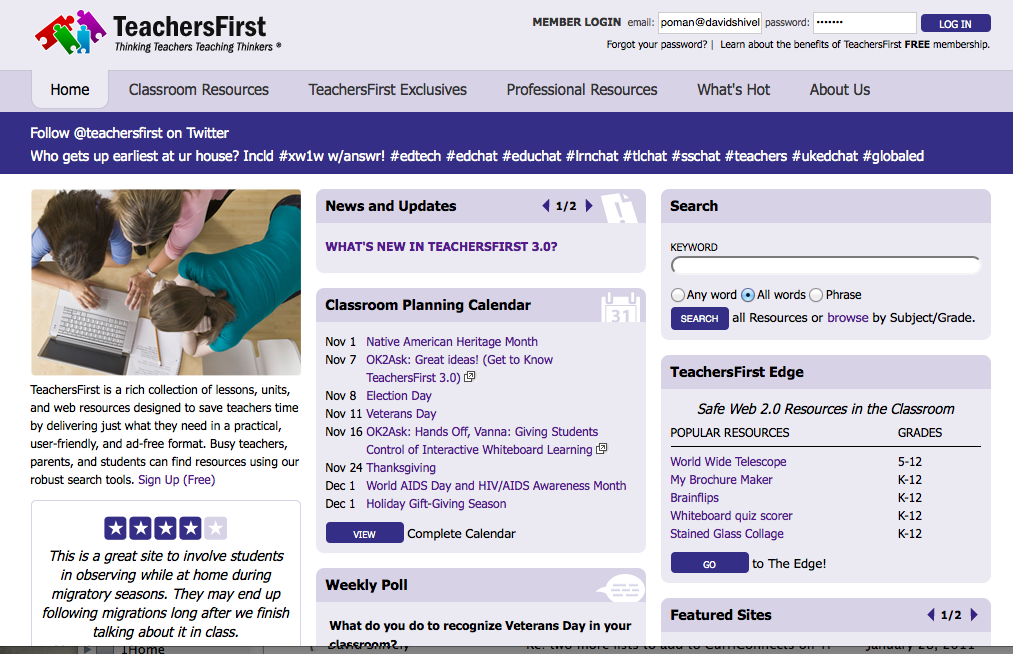Real student expertise: trading and ongoing diligence

I occasionally play a minor but useful role among my adult peers. I am the Grammar Police…or the Comma Patrol. Of course, I delighted to read Fanfare for the Comma Man in the New York Times this week. I enjoy helping people sculpt messages so their readers will not furrow foreheads from fuzziness. I don’t delight in correcting my friends, but am willing to contribute my expertise when asked. In return, my colleagues and friends relish catching my frequent typos as they laugh at my unconventional keyboarding. I try not to embarrass myself with egregious typos, and they try not to give me passages with grammar so terrible it abuses my willingness. We each offer our best efforts, then trade expertise to make them even better.
As the Grammar Police, I need to stay up to date the rules. As the NYT article points out, comma rules vary with the style guide — much as traffic laws vary by state. So acting as Comma Patrol or Grammar Police requires ongoing learning. I have to know where to look for the latest on commas or usage or vocabulary. Expertise requires ongoing diligence.
We expect our students to develop expertise. Standards demand it, and so do the Big Tests. We do not do as well at teaching them two real world corollaries of expertise: trading and ongoing diligence.
We artificially set them up to “trade” expertise. We put them in small groups for projects but we don’t help them discover real expertise of value in each member of the group. Instead we “assign roles” or have them draw lots. In the real world, adults discover the expertise of our friends and colleagues. Outside of school, kids do too. Somehow when we enter the classroom we often forget to facilitate the same real discovery process. So there is no real “trading” of something they value. To let them find value and trade, we need to offer more choice of products/tasks. That Lego ability might come in handy. We know that teachers teach in their own preferred way of learning, and we typically assign projects that draw on our own best expertise. Ask your students what they can offer in trade.
Curriculum assumes that once our students have developed an expertise, they move on. Rarely do students seize responsibility to maintain expertise so they can be valued as real experts. The curriculum spirals past the topic again in a year or two, so students need not seek sources to stay up to date. They wait to be pushed through it all again at the next level. They are not really the experts. We tell them what comes next.
In my friend’s high school bio class, the students recently completed another round of infographics (here and here), this time with a partner. They chose the partner– most likely because he/she was a friend. But this time their expertise really showed through. They have refined their visual communication skills and science concepts quite a bit since September. The infographics they made this time show both trading and ongoing diligence. Most likely, it is the repeated opportunity to develop and trade expertise that made this last round of projects noticeably better. I am better at being the Grammar Police because I use, trade, and update the skills often. We need to allow our students the same real enjoyment of becoming experts.











